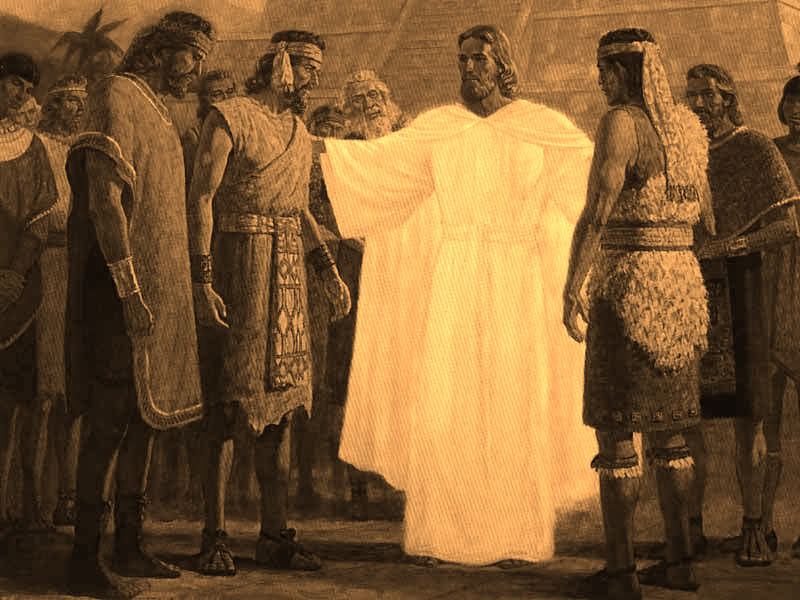Question
Dear Gramps,
How do they figure Christ spent three days in the tomb? They took his body down and placed it in the tomb before sunset on Friday. Twenty-four hours later brings us to Saturday evening. Then sixteen hours or so later he was resurrected on Sunday morning. That is only about 40 hours—less than two day’s time. Three days would be 72 hours. So how do they figure his body was in the tomb, and his spirit in Paradise for 3 days?
Robert
Answer
Robert,
This is a very common question that is asked throughout Christianity. Today when we talk of a day, it means 24 hours. Hence three days is 72 hours. As you point out, Jesus was apparently not in the tomb for 72 hours.
Unfortunately, there are several schools of thought on this, and thus no clear cut answer. The most widely accepted idea is that the counting of days was different for Jews of that era. This involves a combination of shorthand speech added onto a cultural irregularity.
Jewish method of counting days was a little different than our 24 hour days. It includes the following methods that are different from present day Western cultures.
- First the counting of days went from sundown to sundown. In this case, Friday was the first day until sunset, 24 hours for Saturday, then a portion of Sunday.
- Any part of the day was considered a day. So, just those few hours on Friday count as a full day. And the evening hours from Saturday night to Sunday morning was also considered a full day when counting “three days”.
The other linguistic obstacle is that there are a few references to “three days and three nights”.
For as Jonas was three days and three nights in the whale’s belly; so shall the Son of man be three days and three nights in the heart of the earth. Matthew 12:40
Well that would certainly indicate that we’re talking about six periods of 12 hours. But that is where the shorthand comes in. When we, today, say three days, we don’t necessarily mean 72 hours. I have personally said at, say, 3pm, “Let’s meet three days from now at 9am.” Obviously this is not a full 72 hours. To the Jews of Christ’s time, the “three days and three nights” phase was a common one and meant nothing different than “three days.”
Esther asked this of her people:
…fast ye for me, and neither eat nor drink three days, night or day Esther 4:16
And yet we later read…
… it came to pass on the third day, that Esther put on her royal apparel, and stood in the inner court of the king’s house… Esther 5:1
If they had already fasted three 72 hour periods, this would have been the fourth day. But it was obviously not so. This sequence leads us to believe that such statements were not literal increments of time, but rather common language approximations or shorthand speech.
As we read about and study Christ’s divine life & mission, his atonement, death, and resurrection, we sometimes get off into the weeds in discussions like this. We might also get into discussions about the cross and the nails and so forth. But the central point is that He offered Himself as a sacrifice for us. It is His perfect love for us and His redeeming blood that is the theme to keep in our hearts and minds.
Gramps







